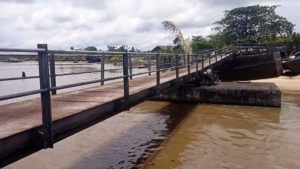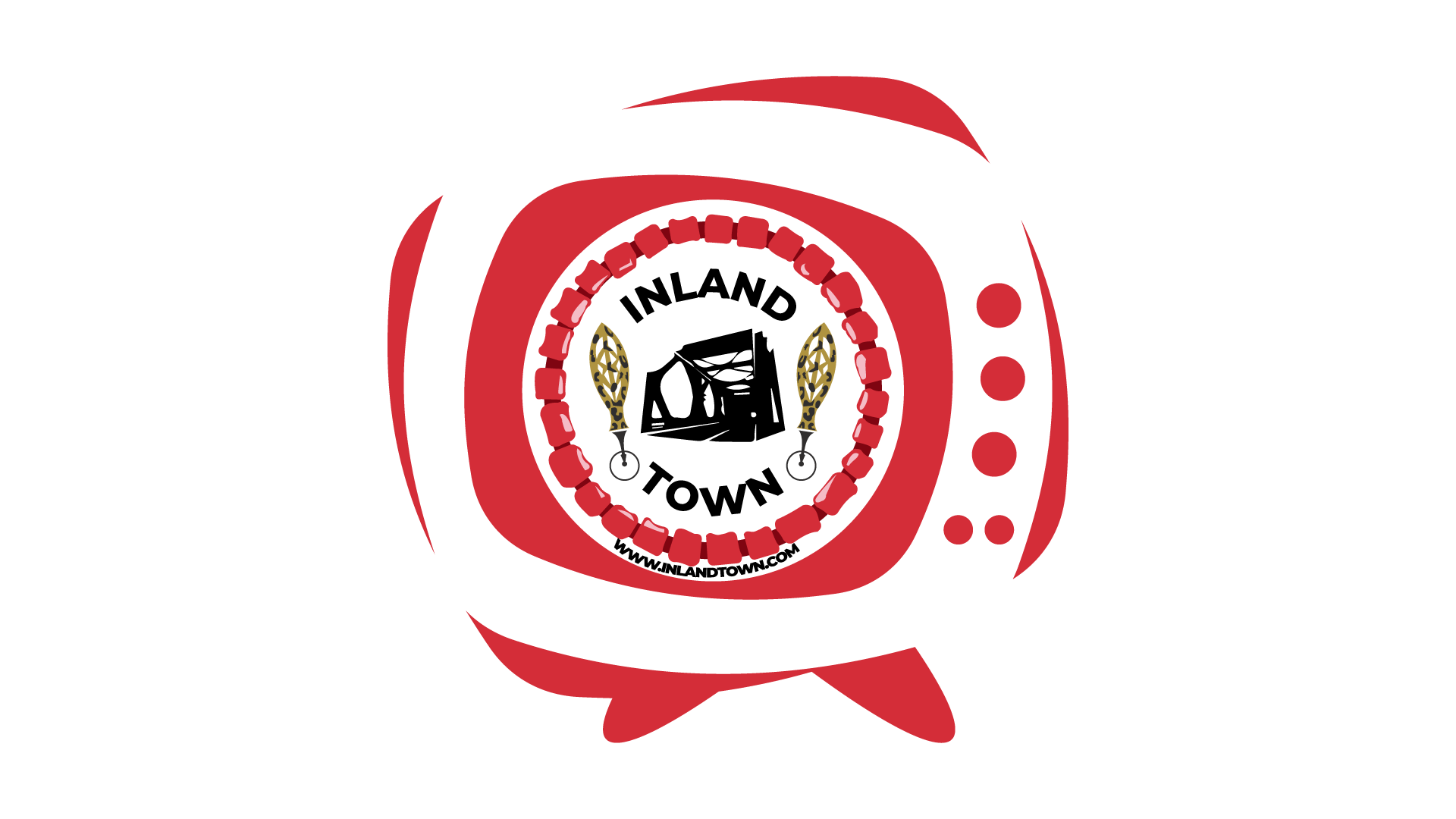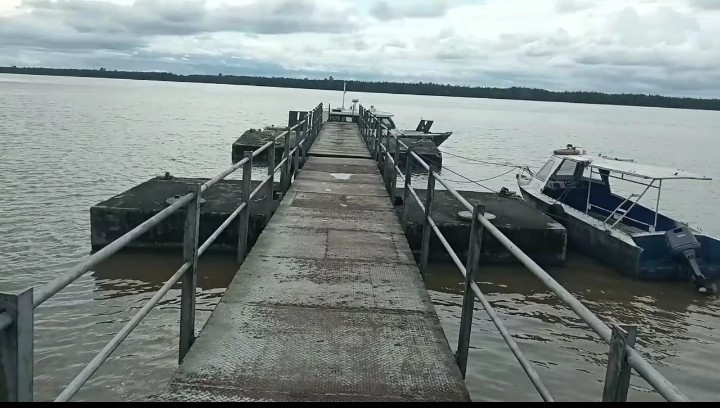Located in Ikot-Abasi, Akwa Ibom State, Nigeria, the Bridge of No Return is a landmark that serves as a reminder of the suffering and hardship that many Africans endured during the slave trade era.
The bridge was once used during the slave trade era to transport slaves from the hinterlands to the coastal regions where they would be shipped off to other parts of the world.
The history of the Bridge of No Return dates back to the 18th and 19th centuries. Many slaves were captured from the hinterlands and taken to the coastal regions where they would be sold to European traders.
The bridge holds a significant symbol in the history of Akwa Ibom and Nigeria as a whole. It bears a resemblance to the point of no return in Badagry, Lagos State.
During the colonial era, the African ancestors were forcibly taken away from their homeland, and subjected to slavery and humiliating treatment by their captors.
The bridge was built to transport slaves from the interior to the coastal regions, where they would be put on ships and taken away.
The Bridge of no return was so named because slaves who crossed it were said to have entered into a new life, one from which there was no turning back.
It was regarded as a site of great sadness for many people who were separated from their loved ones during the slave trade.

Bridge of no return in Akwa Ibom State
The slave traders exchanged many of the slaves for umbrellas, guns, kettles, cups, dane guns, ceramic bows, brass dishes, tea mugs, gins, and mirrors. As a matter of fact, 40 able-bodied men were exchanged for just one umbrella.
This bridge was used to march slaves down to canoes, which would then transport them to slave ships waiting in the middle of the high seas. These ships were bound for Europe and the Americas, where the slaves would be put to work on vast plantations. The slaves were often kept in dungeons while waiting for a ship to arrive and dock.
Originally, each dungeon was designed to hold a maximum of five people, but due to the collusion between slave merchants, British authorities, and locals, up to 400 slaves were forcefully crammed into each dungeon. They were left without food or proper care for days on end while waiting for a ship to arrive and transport them away.
Read Also: Legend Of UNESCO Heritage Site -The Ancient Kano City Walls
During the waiting period and as a result of the inhumane treatment of slaves as cargo, hundreds of slaves in chains and labelled as goods died, and their bodies were callously disposed of into the sea.
It is recorded that hundreds of thousands of men, women, and children were captured and sold as slaves to European and American slave masters through the Ikot-Abasi route.
The famous Jaja of Opobo whose real name remains unknown to date was also exiled through the bridge on December 1, 1887, after he was found guilty by Sir. Walter Hunt-Grube of allegedly inciting the people against the government.
Today, the Bridge of No Return is a popular tourist destination, attracting visitors from around the world who come to learn about the history and culture of Akwa Ibom.


